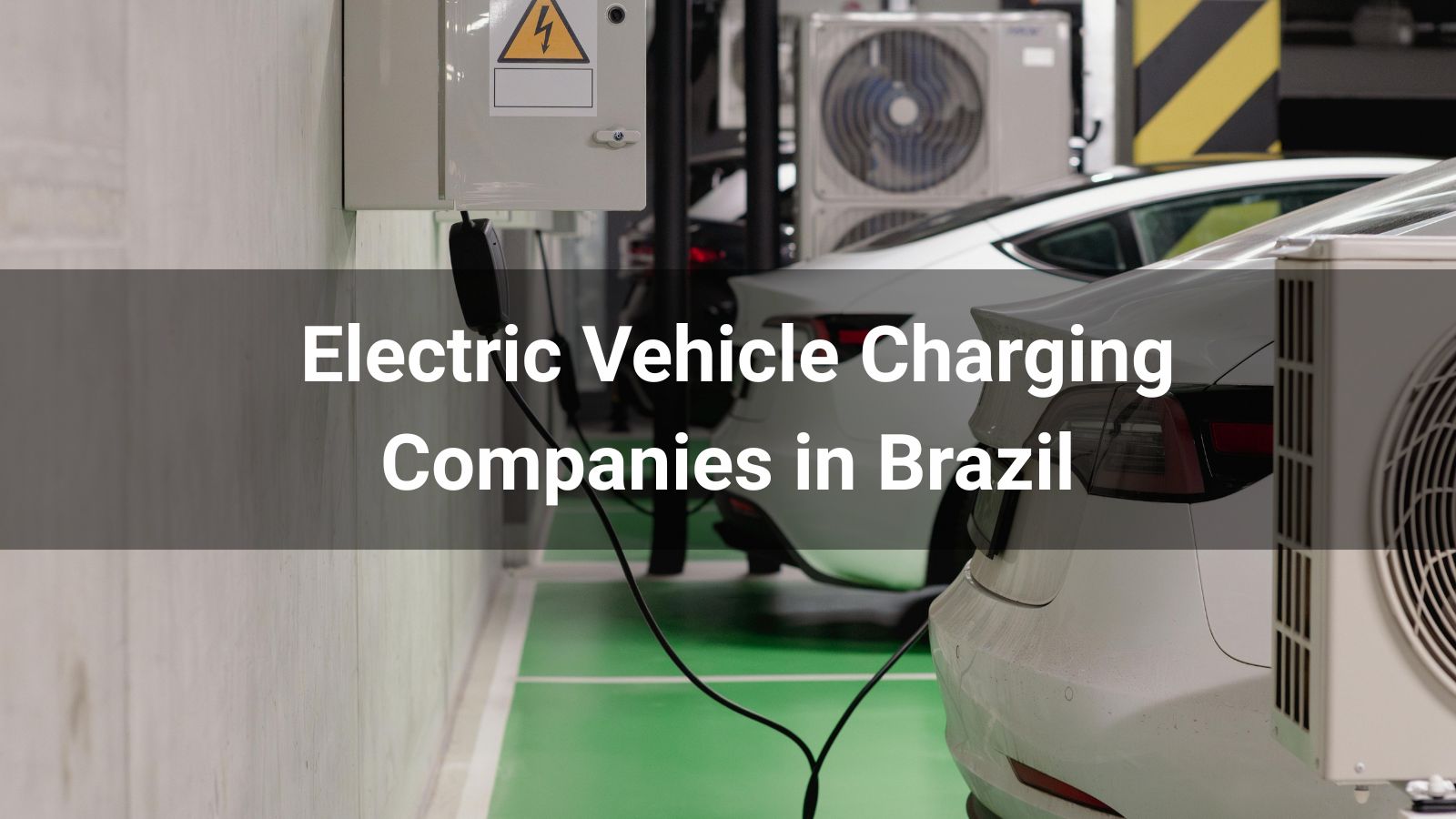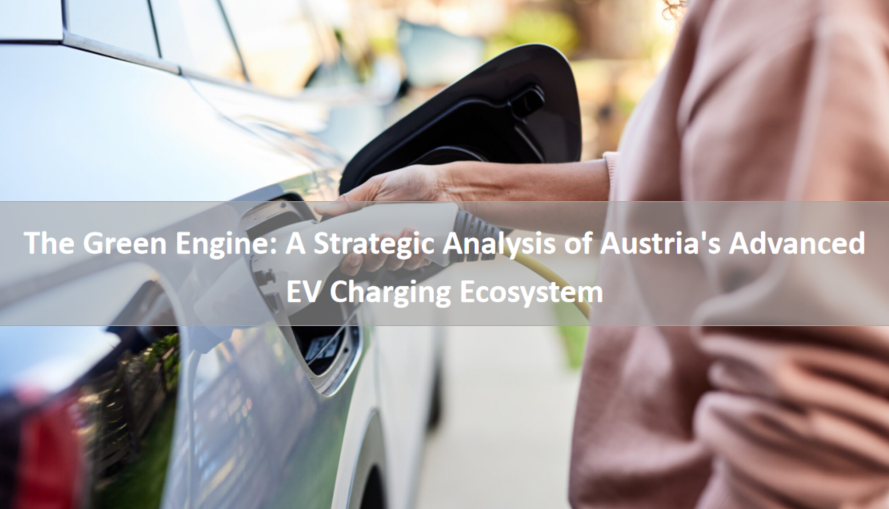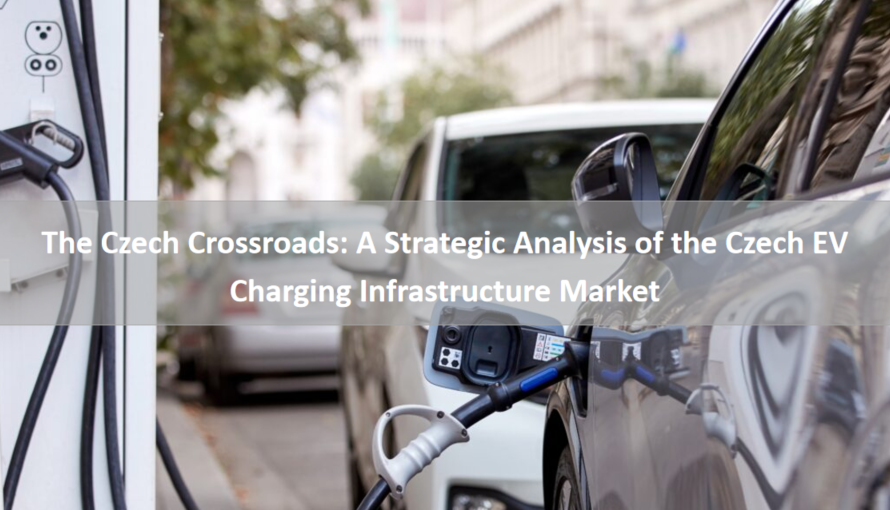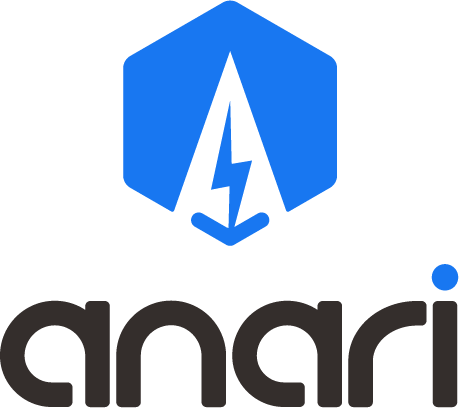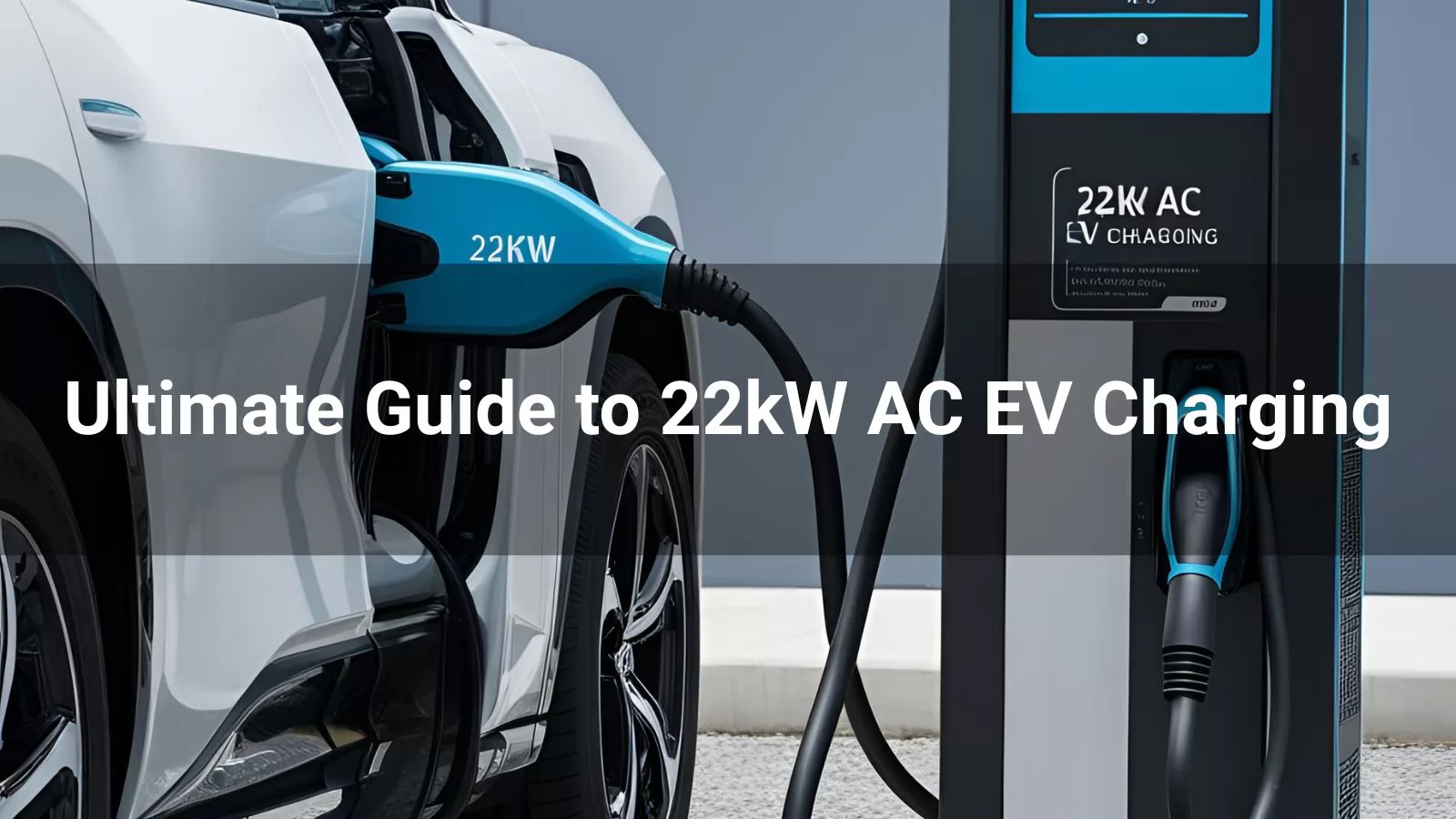
As electric vehicles (EVs) become more popular, understanding charging options is crucial for optimizing convenience and cost. A 22kW AC charger is among the fastest home and commercial charging solutions, but its compatibility and requirements vary. This guide explores which EVs support 22kW AC charging, the maximum AC charging rates, Tesla’s capabilities, and the practicalities of installing a 22kW charger at home, including breaker size and costs.
A select group of EVs can fully utilize 22kW AC charging, determined by their onboard charger (OBC) capacity. Notable models include:
Renault Zoe: Supports 22kW AC, making it ideal for fast home or public charging.
BYD Atto 3: Capable of 22kW AC, popular in markets like Europe and Asia.
Nissan Ariya: Some trims support 22kW AC, offering faster charging for larger batteries.
Smart ForTwo Electric Drive (Prime models): Compact but equipped for 22kW AC.
LEVC TX Taxi: Designed for commercial use, supports 22kW AC.
Other EVs, like the Hyundai Ioniq 5 or BMW i3, typically max out at 11kW AC, even when connected to a 22kW charger, due to OBC limitations. Always check your vehicle’s manual or manufacturer specs to confirm its AC charging capacity.
The maximum AC charging rate for EVs depends on the vehicle’s OBC and the charger’s power output. Most EVs have OBCs ranging from 3.6kW to 22kW:
Common rates: 7.4kW (single-phase, standard for many homes) or 11kW (three-phase, common in Europe).
Maximum AC rate: 22kW is the highest widely available AC charging speed for home and public chargers, requiring a three-phase power supply. Some older models, like the Renault Zoe, supported up to 43kW AC, but this is rare and not standard.
DC fast chargers (50kW–350kW) offer higher speeds but are typically found at public stations, not homes. For AC, 22kW is the practical ceiling for most modern EVs, delivering around 37–50 miles of range per hour, depending on the vehicle’s efficiency.
Tesla vehicles have varying AC charging capabilities, but none currently support the full 22kW AC:
Tesla Model 3 and Model Y: Limited to 11kW AC due to their OBC, even when connected to a 22kW charger. On a single-phase supply, they charge at 7.4kW.
Tesla Model S and Model X: Older models with optional dual chargers supported up to 16.5kW AC, but newer versions are capped at 11kW.
Tesla Wall Connector: In Europe, it supports 22kW AC for compatible EVs, but Tesla vehicles themselves don’t utilize the full capacity.
For Tesla owners, a 22kW charger may still be useful for future-proofing or charging non-Tesla EVs that support 22kW, but it won’t speed up charging for current Tesla models.
Yes, installing a 22kW EV charger at home is possible, but it requires specific conditions:
Three-Phase Power Supply: Most homes in the UK and US have single-phase power, supporting up to 7.4kW. A 22kW charger requires a three-phase supply, common in newer homes or commercial settings. Check your fuse box or meter: single-phase has one live wire; three-phase has three.
Vehicle Compatibility: Your EV must support 22kW AC charging, or the charger will default to the vehicle’s OBC limit (e.g., 11kW for Tesla Model 3).
Electrical Capacity: Your home’s electrical panel must handle the additional load, often requiring a 400V supply and a 5-core 16mm² or 25mm² cable.
If your home lacks three-phase power, upgrading is possible but costly, ranging from £3,000 to £15,000 in the UK. Consult your local utility provider to confirm availability. For most homeowners, a 7.4kW charger is sufficient unless multiple EVs or a 22kW-compatible vehicle justify the upgrade.
A 22kW EV charger requires a robust electrical setup:
Breaker Size: A 32A three-phase breaker is typically needed for a 22kW charger, assuming a 400V supply (32A × 400V × √3 ≈ 22kW). This translates to a 40A breaker for safety, as breakers are sized 25% above the continuous load.
Panel Capacity: Your electrical panel must have enough spare capacity. A 22kW charger draws about 100A across three phases, so a 150A–200A main panel is often required.
Cable: A 5-core 16mm² or 25mm² cable ensures safe operation, depending on the installation distance and local codes.
Consult a certified electrician to assess your panel’s capacity and ensure compliance with local regulations. If your panel lacks capacity, an upgrade may cost $1,000–$3,000.
Installation costs for a 22kW EV charger vary based on location, electrical setup, and labor:
Charger Cost: A 22kW charger (e.g., Easee Charge, Zappi) costs $800–$1,500, about $100–$200 more than a 7.4kW model.
Standard Installation: For homes with existing three-phase power, installation ranges from $700–$1,500, covering labor (up to 4 hours), cabling, and testing.
Complex Installation: If three-phase upgrades or extensive wiring are needed, costs rise to $3,500–$15,000, including panel upgrades ($1,000–$3,000) and three-phase conversion.
Incentives: In the UK, the Electric Vehicle Homecharge Scheme offers up to £350 or 75% of installation costs. In the US, a 30% federal tax credit (up to $1,000) applies through 2032. Check local grants for additional savings.
Total costs typically range from $1,500–$3,000 for straightforward installs, but complex setups can exceed $10,000. Get multiple quotes from certified installers for accuracy.
A 22kW AC charger offers fast charging for EVs like the Renault Zoe or BYD Atto 3, but most vehicles, including Teslas, are limited to 11kW or less. Installing one at home requires a three-phase supply, a 32A–40A breaker, and significant electrical capacity, with costs ranging from $1,500 to over $10,000. For most EV owners, a 7.4kW charger is more practical unless you own a 22kW-compatible vehicle or charge multiple EVs. Verify your vehicle’s OBC and home’s power supply before investing, and consult a professional electrician to ensure a safe, cost-effective setup.
Read more:

